Korg
Showing 25–48 of 60 results
-

Monopoly
Read more -

Ms01
Read more -
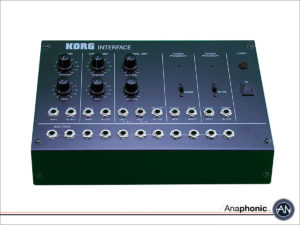
Ms02
Read more -

Ms03
Read more -

Ms04
Read more -

Ms10
Read more -
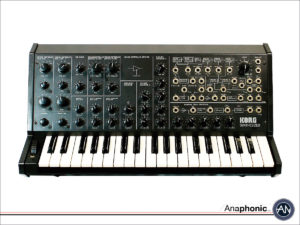
Ms20
Read more -
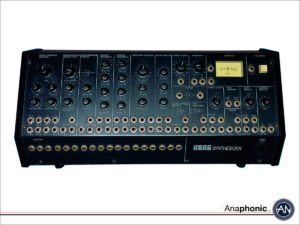
Ms50
Read more -
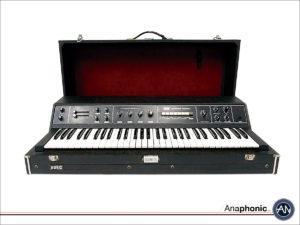
Pe1000
Read more -

Pe2000
Read more -
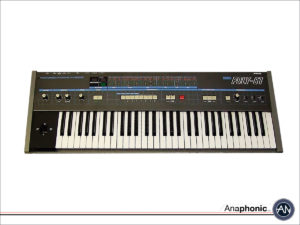
Poly 61
Read more -
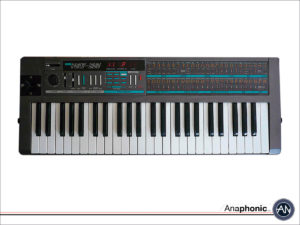
Poly800
Read more -

Poly800 II
Read more -
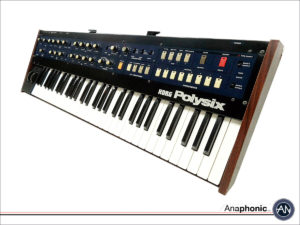
Polysix
Read more -

Prophecy
Read more -
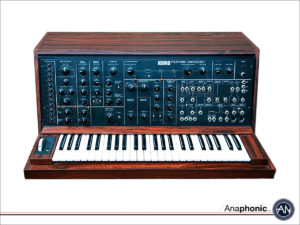
Ps3100
Read more -

Ps3200
Read more -

Ps3300
Read more -
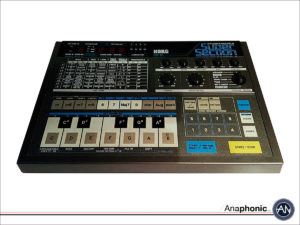
Pss50
Read more -

Rythm KR33
Read more -

Rythm KR55
Read more -
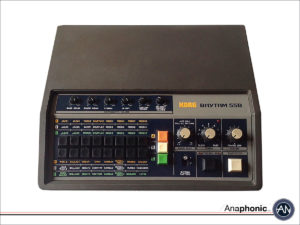
Rythm KR55B
Read more -
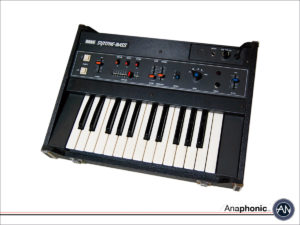
Sb100
Read more -

Sd200
Read more
